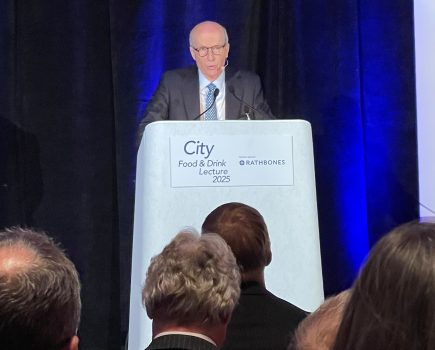Well, back in April, I said sell in May and go away. Well that certainly happened with a vengeance as world futures markets crashed back to levels last seen, in some cases, years before the Ukrainian war, so not just a correction, more a serious shake out.
It leaves the technical value of some crops well below the cost of production, so unsurprisingly no farmer is selling anything forward at that. Obviously with all of the potential weather issues between now and harvest, the growers’ attitude is “if I have to take that price, I will wait until it’s safely in the barn”.
The farmer long holders of old crop are equally pragmatic, with most planning to carry old crop to new. As I have highlighted over the past few months, in the case of wheat the new crop price has been at such a premium to the old that it’s been an easy decision to make. That has narrowed now from up to £19 to £11, but is still both unusual and significant. It must still contain an element of weather premium, whether real or latent. It will be interesting to see if, when the old and new wheat prices meet, it’s because the old has risen rather than the new crop falling.
So, attention is now focused on the weather rather than politics, which in the Black Sea and Ukraine has become rather boring and repetitive. In making its first estimate for the 2023 harvest, the USDA began by finding extra stocks of wheat in all the big exporting countries. This was its usual trick of emerging when the battle was over to bayonet the wounded.
June and July are now the critical months for the UK and Europe, as this is when our crops are made, if we are to avoid the disaster of 2012, when not only yield but quality was lost because of the lack of sunlight hours in that two month spell. We have certainly had enough rain in March, April and May to keep the crops developing. but ultraviolet light is now essential. Winter barley is late coming into ear. Everything can change but it does not look like an early harvest at this stage.
MATIF September wheat futures are back to September 2021 levels. The significant old crop stocks of wheat in Ukraine and Black Sea exporting countries will still be accessible via the corridor until the end of July and continue to weigh heavy on the market.
The opportunity to sell new crop wheat at £200 has gone for now. Apart from possibly spring malting barley, where premiums are £40 plus above feed, there is nothing else I would sell forward now. My advice in April was to sell; now you should sit tight and watch the weather, especially in Spain, Russia and Canada.







